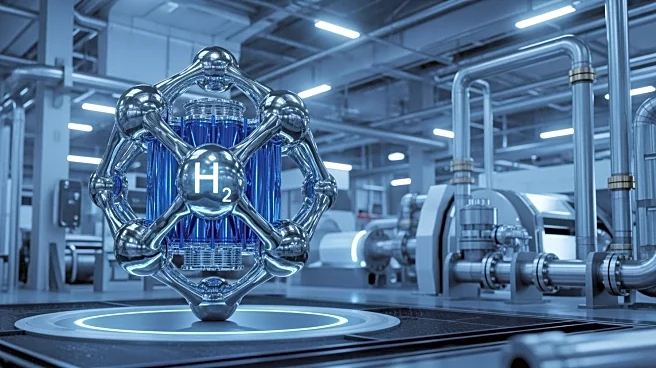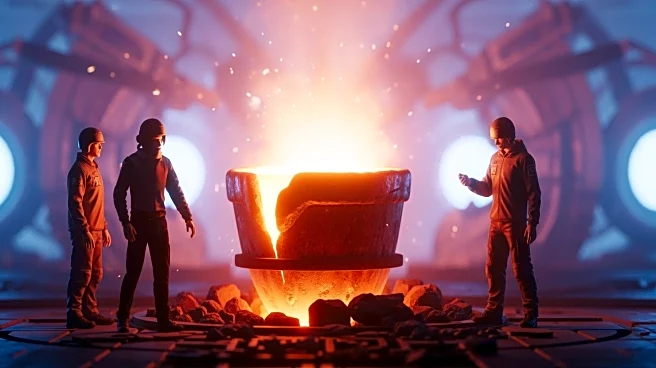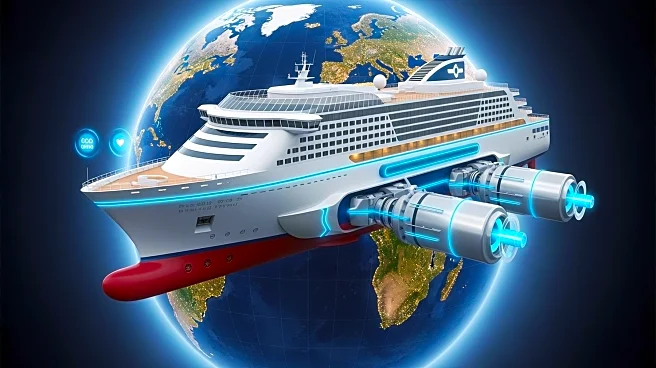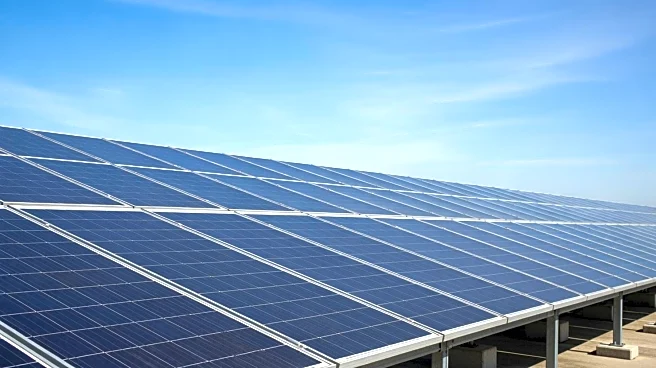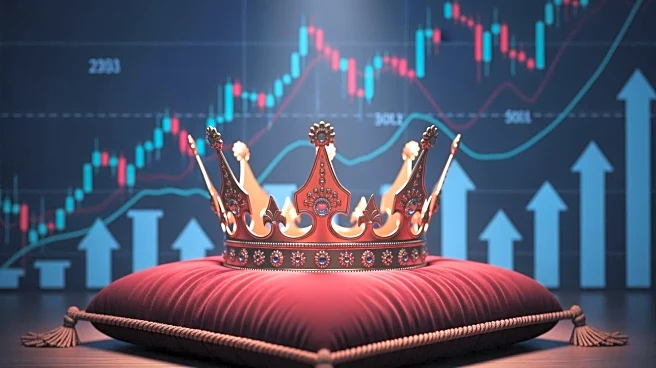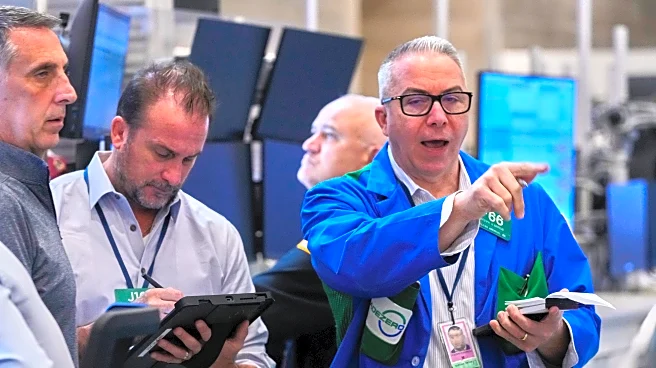What's Happening?
The Direct Reduced Iron (DRI) market is undergoing a significant transformation as the global steel industry moves towards decarbonization and sustainable manufacturing. Hydrogen-based DRI processes are replacing traditional natural gas methods, significantly
reducing carbon emissions in steel production. This shift is driven by major steel producers in Europe and Asia, who are investing in hydrogen DRI plants to align with climate-neutral goals. The market is projected to grow from USD 64.61 billion in 2025 to USD 146.08 billion by 2035, with a compound annual growth rate of 8.5%. The Asia Pacific region is leading this transformation, accounting for 51% of the market share by 2035, while Europe is gaining momentum with strong investments in hydrogen DRI technologies.
Why It's Important?
The transition to hydrogen-based DRI processes is crucial for reducing the steel industry's carbon footprint, aligning with global net-zero emission goals. This shift not only supports environmental sustainability but also enhances the competitiveness of steel producers by offering high-purity iron suitable for electric arc furnaces. As countries strengthen recycling regulations and move towards low-carbon manufacturing, DRI's role in supplementing steelmaking becomes indispensable. The adoption of hydrogen DRI technologies positions the steel industry as a leader in sustainable manufacturing, potentially influencing other sectors to adopt similar decarbonization strategies.
What's Next?
The DRI market is expected to continue its growth trajectory, with further investments in hydrogen-based technologies and digitalization of operations. Major steel producers are likely to expand their hydrogen DRI initiatives, supported by government policies and funding. The industry will focus on improving the lifecycle and sustainability of different fuels, with biofuels and wind propulsion gaining attention. The upcoming summit in April 2026 will be crucial for finalizing important decisions and advancing the Net-Zero Framework, which aims to establish guidelines for energy transition and lifecycle analysis.
Beyond the Headlines
The shift towards hydrogen-based DRI processes highlights the steel industry's commitment to environmental sustainability and innovation. This transformation not only reduces carbon emissions but also promotes the use of renewable energy sources, such as wind and biofuels, in steel production. The integration of digital technologies, such as AI-driven process monitoring and predictive maintenance systems, further enhances operational efficiency and reduces costs. As the industry embraces circular economy principles, DRI's role in supplementing steelmaking with recycled materials becomes increasingly important.
